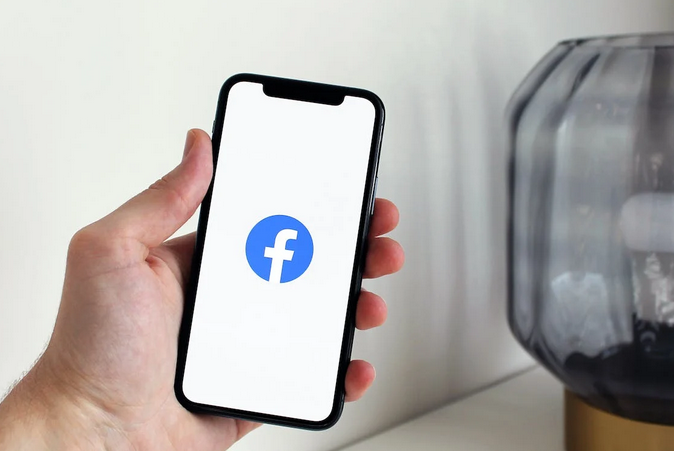Have you ever wondered how your Facebook News Feed magically displays posts from friends, family, and pages you care about? Well, get ready to unravel the mystery as we demystify the inner workings of the Facebook feed algorithm. To help you digest this topic better and eventually help you Buy Facebook Likes Cheap, continue reading as we’ll spill the secrets in making your content much more visible to the audience.
User Engagement Patterns

The algorithm takes into account how you interact with posts – do you like, comment, or share them? This information helps Facebook understand your preferences and tailor the content accordingly. Likes are a super easy way to express appreciation for a post without much effort. But if you’re someone who goes beyond liking and actively engages through comments or shares, it signals to the algorithm that this content is meaningful to you. It tells Facebook that you want more of this type of content in your feed.
Additionally, the frequency and consistency of your interactions matter too. If you regularly engage with specific friends or pages, their posts are more likely to appear higher up on your News Feed. On the other hand, if there are certain people or pages whose posts you consistently ignore or hide, they may gradually fade away from view.
Content Relevancy
 That’s right. The platform basically aims to deliver posts and updates that are most likely to resonate with each user, depending on their interests, preferences, and past engagement. To determine the relevancy of a post, Facebook looks at various signals, including keywords in the post’s text, captions, and headlines.
That’s right. The platform basically aims to deliver posts and updates that are most likely to resonate with each user, depending on their interests, preferences, and past engagement. To determine the relevancy of a post, Facebook looks at various signals, including keywords in the post’s text, captions, and headlines.
It also considers the type of content – whether it’s a photo, video, or article – as well as the overall quality and authenticity. Additionally, Facebook takes into account how often users interact with similar content from specific sources or pages. If a user frequently engages with posts from a particular page or shares articles on similar topics, then those types of posts are more likely to appear higher in their feed.
Recency of Posts
Now, let’s talk about the fact that how recently a post was published can greatly influence its visibility. Facebook aims to deliver fresh and up-to-date content to its users. This means that newer posts are more likely to be prioritized over older ones. So, if you want your content to have a better chance of being seen by your audience, it’s essential to regularly publish new posts.
However, recency alone isn’t the only determining factor. Engagement also plays a significant role in how Facebook ranks and displays content. A post that was published recently but has low engagement might not appear as prominently as an older post with high engagement levels.
Negative Feedback and Over-Promotion

Now, we’ve come to the dark side. Negative feedback can significantly impact the visibility of your content. This feedback includes actions such as hiding a post, reporting it as spam, or marking it as irrelevant. These actions send signals to Facebook that users are not finding your content valuable or interesting. Over-promoting your content is another factor that can work against you. If you constantly bombard your audience with promotional posts or pushy sales tactics, they may become disinterested and start engaging less with your content. This poor engagement can result in lower reach and visibility for future posts.
So what can we learn from this post? Understanding how the Facebook algorithm prioritizes content is crucial for anyone looking to maximize their reach and engagement on the platform. Cracking the code of how the Facebook feed works requires understanding these key factors: user engagement patterns, content relevancy, recency of posts, and negative feedback avoidance while avoiding over-promotion tactics.
